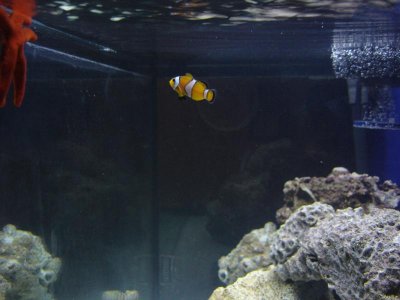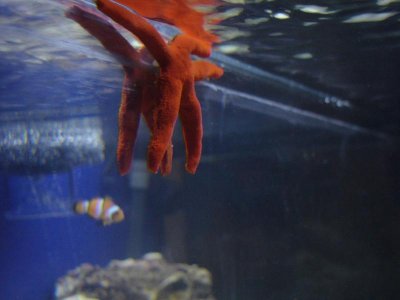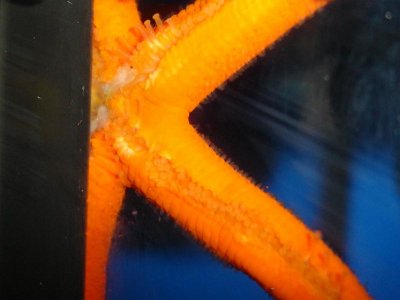paullondon
New member
I purchased this orange linkia 3 days ago and now I am not sure about it... First I'm not sure it's an orange linkia, second, my tank is only one month old and I am not sure if there is enough food for it (from what I read) even if we have thousands of copepods and a yellowish algae film on the glass... The fish store where I got this had them for some time but in a huge coral tank...
Is there a way to create their food? A recipe that works?
The star hangs out where the current is the strongest, in front of my canister filter outlet. I don't have any filter media in the canister except a small bag with GFO. When I turn off the pumps to feed the fish, the star starts moving around... wen the pumps go back on, she goes exactly in the same spot and sits there...
I will attach the movie and some pictures to this post for better identification and advise...
Thank you
https://youtu.be/wvfTSW1IBTc
Is there a way to create their food? A recipe that works?
The star hangs out where the current is the strongest, in front of my canister filter outlet. I don't have any filter media in the canister except a small bag with GFO. When I turn off the pumps to feed the fish, the star starts moving around... wen the pumps go back on, she goes exactly in the same spot and sits there...
I will attach the movie and some pictures to this post for better identification and advise...
Thank you
https://youtu.be/wvfTSW1IBTc




